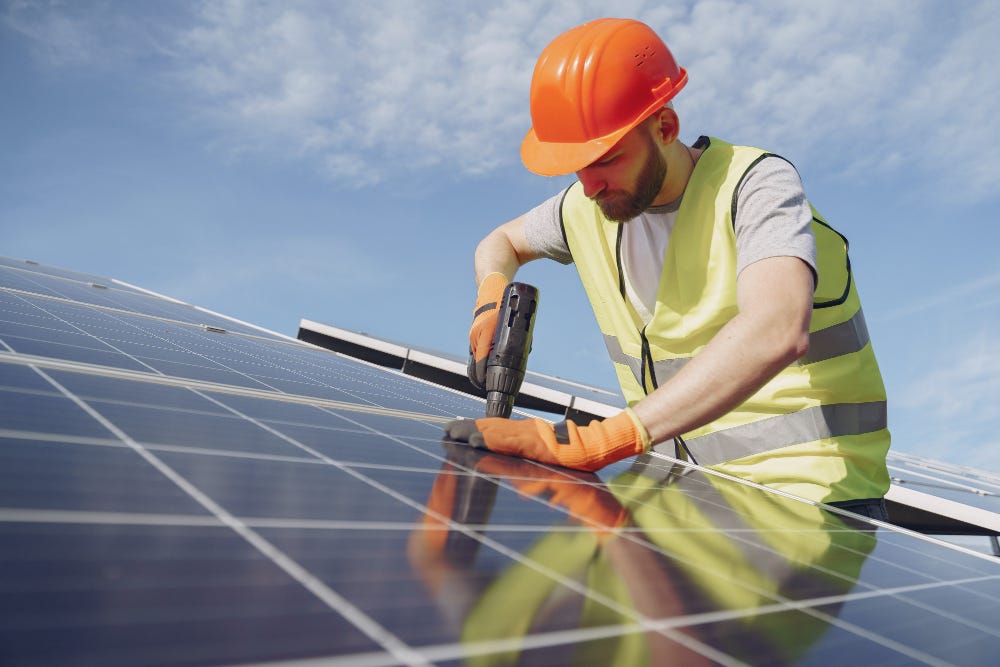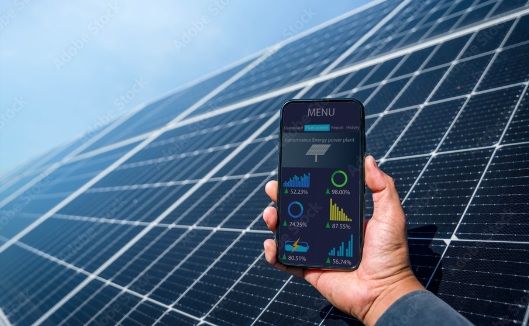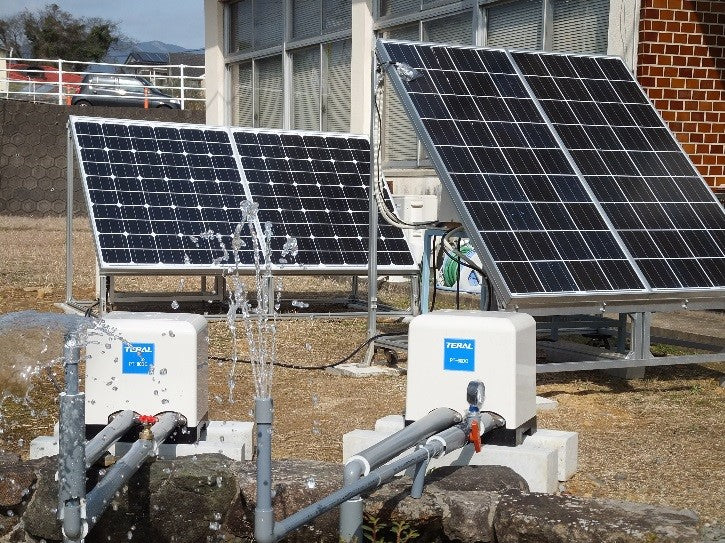In today's era of sustainable development, optimising your solar panel placement plays a pivotal role in maximising energy efficiency and reducing operational costs, particularly in water pumping systems. For agricultural enterprises, industrial applications, and rural communities seeking reliable and eco-friendly water management solutions, understanding the nuances of solar panel orientation and placement is crucial.
This comprehensive guide from LORENTZ offers practical insights and technical expertise to help you maximise the effectiveness of your solar panels for water-pumping applications.
Understanding Solar Panel Placement for Water Pumps
The effectiveness of solar panels hinges largely on their placement and orientation relative to the sun's path. Ideally, panels should face south (north in the Southern Hemisphere) to capture maximum sunlight throughout the day. This orientation ensures consistent energy production from sunrise to sunset, optimising overall system efficiency.
In addition to orientation, the tilt angle of solar panels significantly impacts their energy capture. Panels in regions closer to the equator are typically installed at an angle equal to the latitude to maximise year-round performance. Adjusting the tilt seasonally allows panels to capture more sunlight during winter months when the sun's angle is lower in the sky.
To mitigate shading effects, it's crucial to position solar panels away from obstructions such as trees, buildings, or nearby structures that could cast shadows during peak sunlight hours. Even partial shading can reduce panel efficiency, so careful site assessment and monitoring are essential to avoid such issues.
Modern solar technologies offer advanced features like smart inverters and tracking systems that can dynamically adjust panel orientation based on real-time sunlight data. These innovations further optimise energy capture by adapting panel angles throughout the day to maximise solar exposure.
Connecting Solar Panels to Water Pumps
Once optimally positioned, connecting solar panels to water pump systems involves several critical steps to ensure seamless operation and efficiency:
Solar inverters play a pivotal role in converting the direct current (DC) generated by solar panels into the alternating current (AC) needed to power water pumps. Selecting inverters that match your system's capacity and integrating them effectively is essential for optimal energy conversion.
For off-grid applications or scenarios requiring energy storage, integrating battery systems with your solar setup can enhance overall system reliability. Batteries store surplus energy generated during peak sunlight hours, ensuring continuous operation of water pumps during periods of low sunlight or increased demand.
Proper wiring and configuration of all system components—panels, inverters, batteries, and pumps—are crucial to maximising efficiency and longevity. Regular monitoring of system performance allows for early detection of any issues, enabling timely adjustments or maintenance to optimise energy usage.
Maintaining Solar Panel Efficiency
To preserve the efficiency and lifespan of solar panels, regular maintenance and care are essential:
Routine cleaning using a soft cloth, water, and mild detergent helps remove dirt, dust, and debris that can accumulate on panels over time. Clean panels absorb more sunlight and prevent shading caused by grime buildup, thereby maximising energy production. Avoid common installation mistakes to ensure your system operates at peak efficiency.
Scheduled inspections allow for the early detection of potential issues such as damage, wear, or shading that may affect panel performance. Prompt resolution of these issues ensures optimal energy generation and system reliability. LORENTZ’s German-engineered pump systems are expertly crafted to excel in the most challenging and remote environments. These pumps are designed with durability in mind, requiring minimal service and maintenance. This efficiency translates to significant savings in time and money, reducing the need for frequent repairs, upkeep, and replacements. With LORENTZ pump systems, you can rely on consistent performance and longevity, ensuring peace of mind and operational efficiency even in the harshest conditions.
Utilising monitoring technology enables real-time tracking of energy output and system performance. Monitoring tools provide valuable insights into energy generation patterns, allowing for proactive adjustments to optimise panel orientation or system settings as needed.
LORENTZ pump systems continuously capture and store performance data, making it simple to optimise your solar pump's efficiency. With the LORENTZ CONNECTED smartphone app, you can easily access this data and configure your system remotely. This enables convenient and efficient management of your pump system from any location.
Embrace Solar Power for Sustainable Water Management
Harnessing solar energy for water pumping not only reduces operational costs but also contributes to environmental sustainability. By implementing these strategies and leveraging LORENTZ’s expertise in solar pumping solutions, you can achieve efficient, reliable, and sustainable water management solutions tailored to your needs. To read more about the environmental benefits of solar pumping solutions, check out our in-depth article.
For personalised guidance or to explore our range of solar pumping solutions, contact LORENTZ today or visit our website to find your nearest dealer. Embrace renewable energy and empower your operations with solar-powered efficiency.
Frequently Asked Questions
How do you optimise solar panel placement? Optimise placement by facing panels towards the sun's path (south in the Northern Hemisphere, north in the Southern Hemisphere), adjusting tilt angles seasonally, and minimising shading from nearby obstructions.
How to connect solar panels to a water pump? Connect panels to a solar inverter that converts DC to AC power suitable for your pump. Ensure proper wiring and integration with your pump system for optimal performance.
What is the most efficient way to place solar panels? Maximise efficiency by positioning panels to receive maximum sunlight exposure throughout the day without shading. Use monitoring tools to fine-tune panel orientation for optimal energy capture.
How can I make my solar panels last longer? Extend panel lifespan by regular cleaning, conducting scheduled inspections, avoiding shading, and investing in quality components and installation practices.







